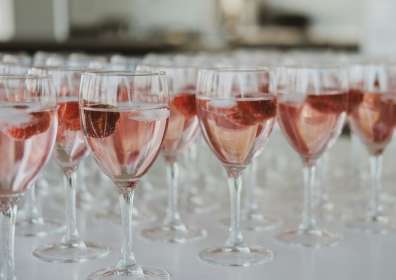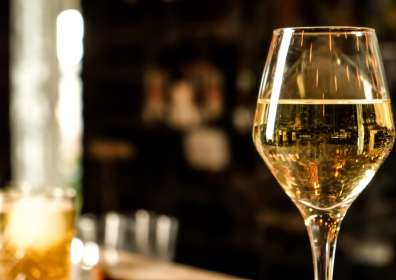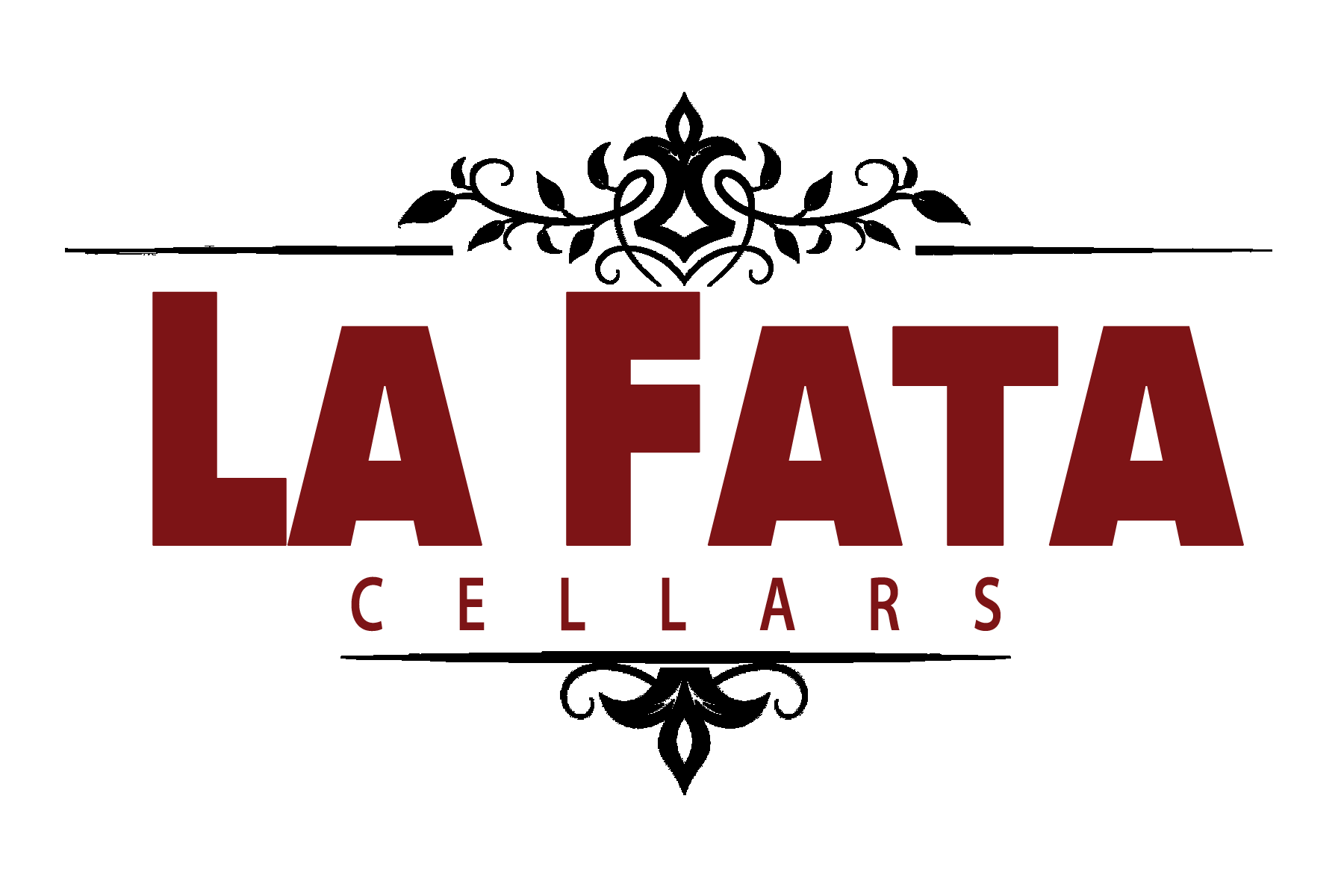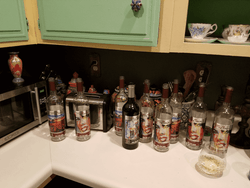The holidays are in full swing and soon many will be raising their glass to ring in the New Year. With that in mind, I think it’s only fitting to delve into the effervescent world of champagne and sparkling wine. Beyond the delightful fizz and celebratory pop, these beverages boast rich histories, distinct production methods, and unique regional characteristics. They both stand out in the vast landscape of wines but let’s conduct a friendly comparison to ultimately decide, which is better… champagne or sparkling wine.
Champagne vs. Sparkling Wine: A Sip of Distinction
Champagne: The Epitome of Elegance
When it comes to effervescent qualities, Champagne takes the crown. Hailing exclusively from the Champagne region in France, this sparkling elixir undergoes a meticulous production process known as méthode champenoise. This traditional method involves a second fermentation that occurs in the bottle, creating those mesmerizing bubbles. The primary grapes used in Champagne include Chardonnay, Pinot Noir, and Pinot Meunier, each contributing to the unique flavor profile.
Sparkling Wine: A Global Tapestry of Bubbles
In contrast, sparkling wine casts a wider net, with regions worldwide crafting their own versions of bubbly brilliance. From the crisp Proseccos of Italy to the vibrant Cavas of Spain, each sparkling wine variety brings its own flair to the table. Unlike Champagne, sparkling wine production methods can vary. Some embrace the traditional method, while others opt for Charmat or carbonation methods, influencing the wine’s mouthfeel and complexity.

Discovering the Grapes of Terroir
Champagne’s Grape Symphony
Champagne’s soul lies in its grapes, where the chalky soils of the region imprint their character onto the vines. Chardonnay, the only white grape among the primary trio, contributes elegance and finesse. Pinot Noir, offering structure and depth, and Pinot Meunier, lending a touch of fruitiness, complete the trio. The careful blending of these grapes is an art form, shaping the distinctive taste of each Champagne house.
Sparkling Wine’s Global Presence
On the sparkling wine stage, grapes dance to different tunes. Prosecco, the darling of Italy, showcases Glera grapes, imparting a floral and fruity essence. Spanish Cava often features indigenous varieties like Macabeo, Xarel-lo, and Parellada, creating a delightful medley of flavors. From the New World to the Old, sparkling wine grapes reflect the unique terroir of their respective regions.
Crafting the Fizz of Champagne and Sparkling Wine
Champagne’s Meticulous Method
Méthode champenoise, the traditional method behind Champagne, involves a second fermentation in the bottle. After the initial fermentation, a blend of still wines is created, sugar and yeast are added, and the magic happens in the bottle’s cozy confines. This labor-intensive process contributes to Champagne’s complexity and depth, making each bottle a testament to craftsmanship.
Sparkling Wine’s Diverse Techniques
Sparkling wine, on the other hand, embraces diverse production techniques. Charmat method, employed in the creation of Prosecco, involves a tank fermentation, resulting in a fruitier and less yeasty profile. Carbonation, a quicker method where bubbles are injected, is commonly seen in sparkling wines from regions like the United States. The method chosen imparts distinct qualities, shaping the personality of the final product.

A Symphony of Styles: From Brut to Demi-Sec
Champagne’s Elegant Spectrum
Champagne graces us with a spectrum of styles, from the bone-dry Brut to the sweet and indulgent Demi-Sec. Each style caters to different preferences and occasions. The Extra Brut, with minimal sugar, is a crisp and refreshing choice, while the Demi-Sec, with a higher sugar content, pairs harmoniously with desserts.
Sparkling Wine’s Palette of Pleasure
Sparkling wine, too, presents a diverse palette. Prosecco tends to be on the sweeter side, making it a delightful companion for brunch or a sunny afternoon. Crisp and dry Brut styles are prevalent, appealing to those who relish a clean and refreshing taste. The beauty lies in the variety, offering something for every palate.
It’s All About Preference
In the end, the “better” option depends on what you’re looking for in a sparkling wine. If you appreciate the history, craftsmanship, and nuanced flavors associated with a traditional sparkling wine, Champagne might be the ideal choice. On the other hand, if you enjoy exploring a diverse array of flavors and want a more budget-friendly option, sparkling wine offers a world of possibilities.
For special occasions that call for a touch of elegance, Champagne may be the go-to. Still, for a relaxed gathering or a simple toast to life’s pleasures, a well-chosen sparkling wine can be equally satisfying. Ultimately, both Champagne and sparkling wine have a place in the world of celebrations, each offering its own unique charm and delight. The best choice is the one that suits your taste and the atmosphere you wish to create. Cheers to the diversity of bubbles and the joy they bring to our glasses!

Celebration
Cheers to the sparkle in our glasses, the effervescence in our lives, and the joy found in the diverse world of champagne and sparkling wine!
